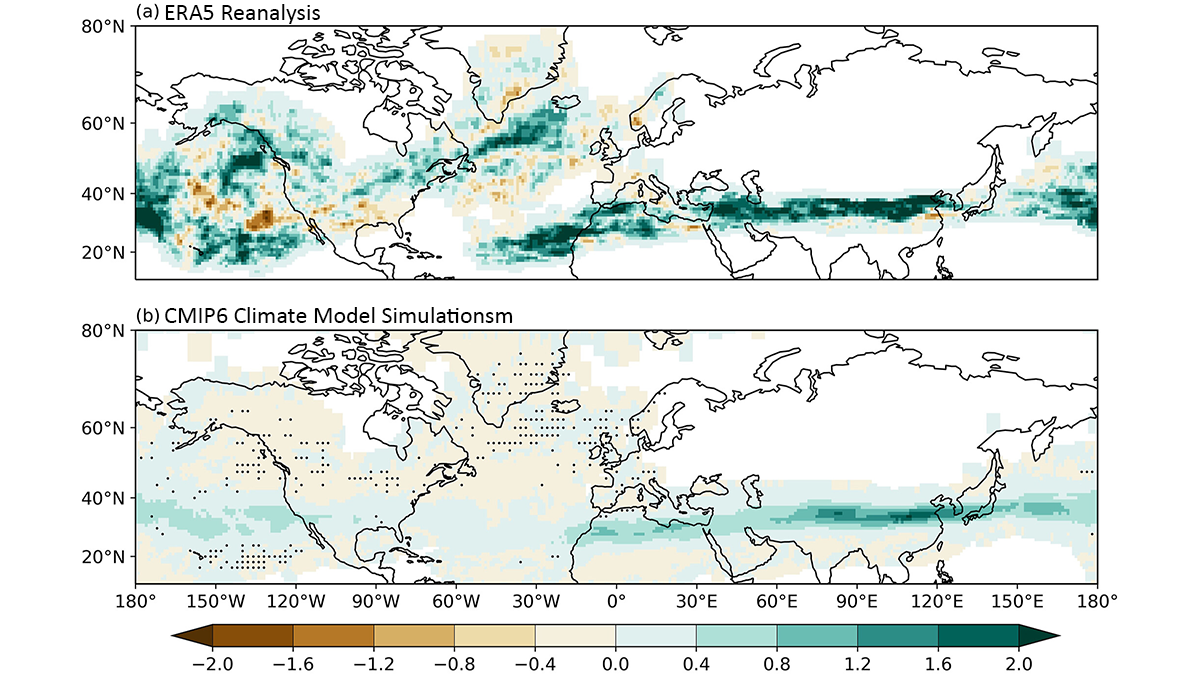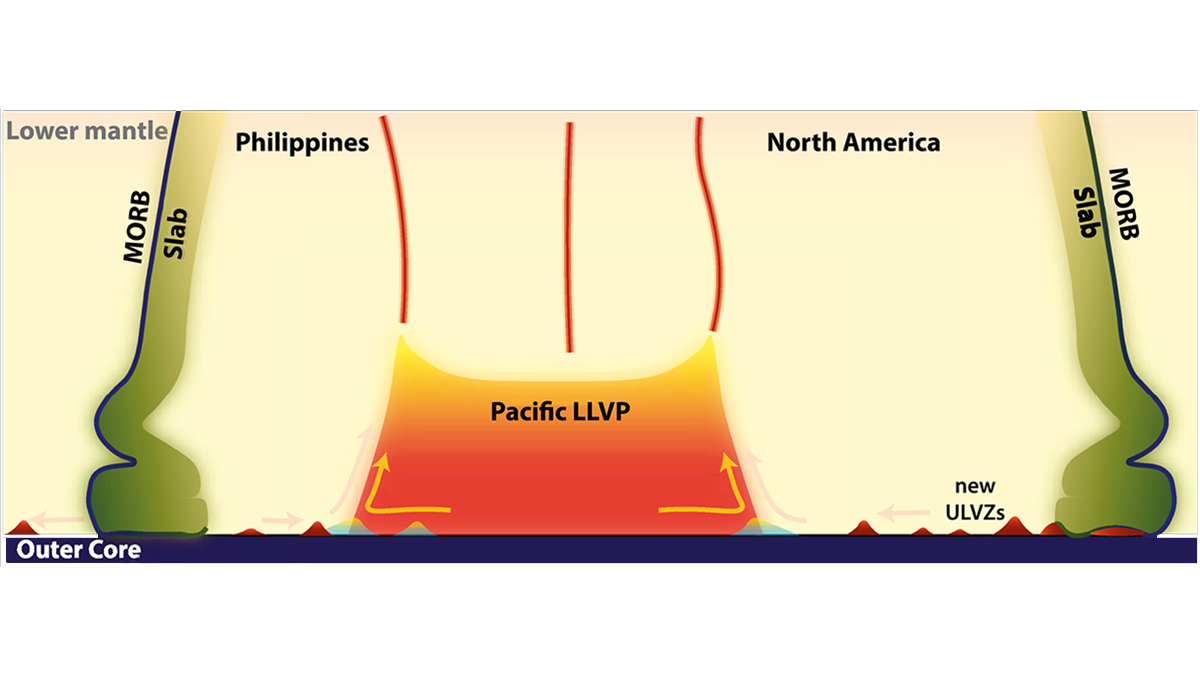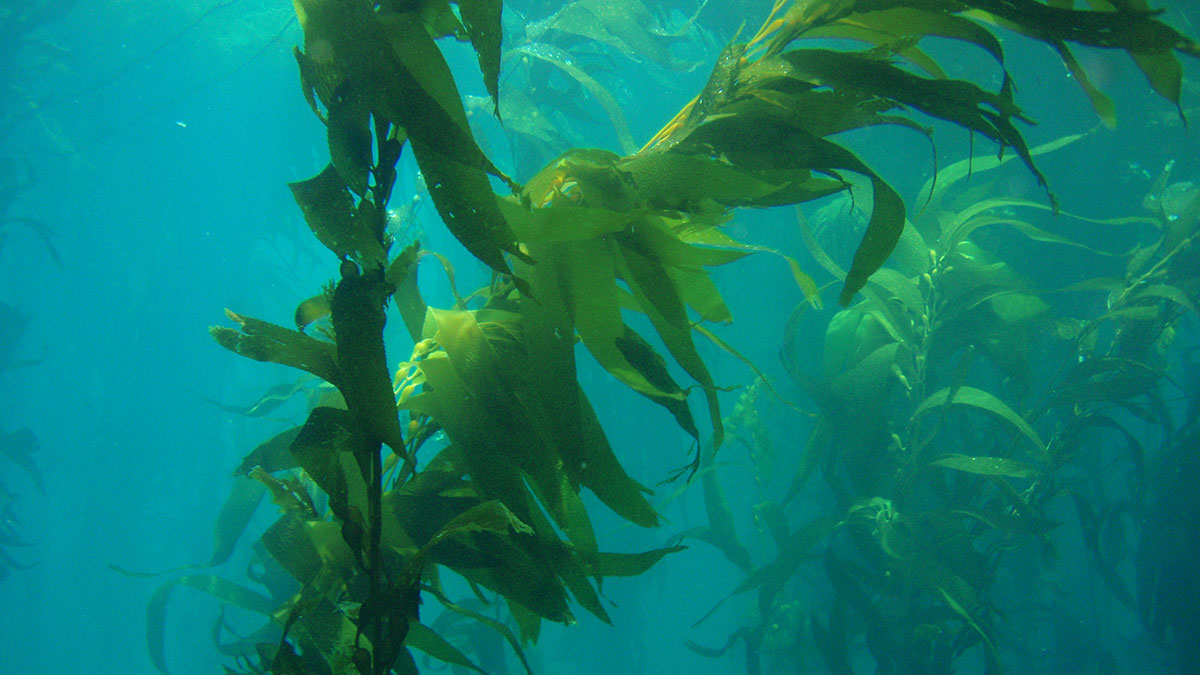Increasing ocean acidity could spell trouble for fish that depend on corals’ many branches for protection.
Pacific Ocean
Past and Future Changes in Atmospheric Clear-Air Turbulence
A new study evaluates long-term changes in atmospheric clear-air turbulence based on meteorological reanalysis and climate model simulations.
Crustal Melts at the Core-Mantle Boundary
Seismic waves get sent in all directions for deep mantle anomalies, and a new analysis shows where those scatters lie and what properties they have.
Metallic Nodules Create Oxygen in the Ocean’s Abyss
These nodules, a focus of seabed mining interests, could be natural “geobatteries” and play a larger-than-expected role in the deep-sea ecosystem.
Dual Tsunami Generation from Atmospheric and Oceanic Sources
The 2022 Tonga volcanic eruption generated waves that propagated across the Pacific Ocean. A new analysis of sea level measurements is used to dissect the difference in wave components from two sources.
ارتفاع درجة حرارة المحيطات يمهد الطريق لحدوث موجات جفاف خطيرة، ولكن يمكن التنبؤ بها، في شرق أفريقيا
اكتشف العلماء رابطة بين التدرجات الحرارية في المحيط الهادئ وبين موجات الجفاف الفتاكة والتي يمكن التنبؤ بها في شرق أفريقيا.
Cuando los bosques en la tierra arden, los bosques submarinos sienten el impacto
El kelp es un hábitat, un sumidero de carbono y un agente aglomerante en tu helado. Pero estudios recientes muestran que los bosques de kelp en California son afectados por el destino de sus contrapartes sobre tierra.
Compound Extreme Events Threaten Marine Ecosystems
Short-term extreme marine heat wave events superimposed on stressors from longer-term climate change produce compound extreme events that impact the Gulf of Alaska ecosystem.
When Forests on Land Burn, Forests Underwater Feel the Impact
Kelp is a habitat, a carbon sink, and a binding agent in your ice cream. But new research shows that California’s kelp forests are affected by the fate of their counterparts on land.
Ocean Warming Is Wiping Out Southern California’s Mussel Beds
Historic photographs reveal the dramatic retreat of mollusks as warmer waters take a toll on the health of the intertidal zone.










